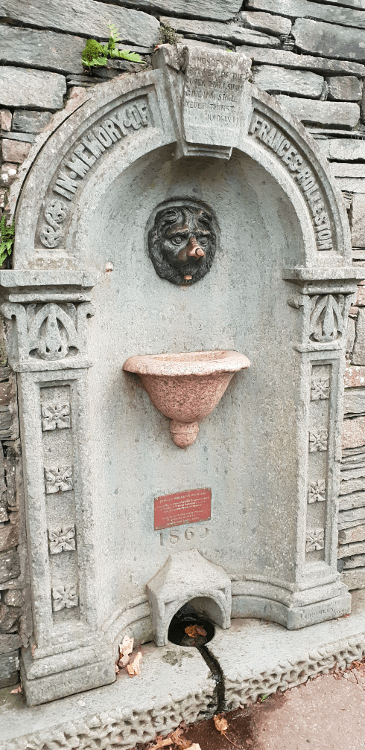by Beth Pipe
My mum always said that my favourite word as a child was “why?”
I must have driven her nuts. It was never enough for me to know ‘what’ something was; I also needed to know ‘why’ it was that way too.
To be honest, I’ve not really changed much as an adult. I am endlessly fascinated on hikes by looking at my surroundings and wondering how paths came to be the way they are and what clues I can gather about who uses them now — and for what.
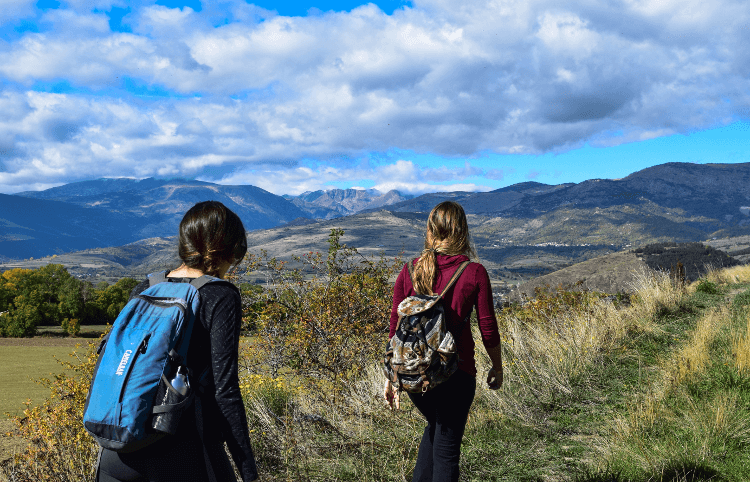
I don’t always have the answers, so sometimes it’s educated guesswork, sometimes it leads to a spot of research when I get home, and sometimes, in the absence of any other information, I just have to settle for whatever story I make up (which can actually be a lot of fun!)
So, here’s my guide to becoming a Nosey Hiker (warning, this may become addictive!)
1. Maps
It starts with the map. I love maps. I mean really love them. I can, and do, pore over them for hours. Once you get your eye in, they can tell you as much about the landscape as any good book.
- Start by looking at the configuration of the paths and roads — where does one peter out and another one start? Route usage has changed over the years, and what is now an overgrown footpath may once have been a major thoroughfare. The Roman road over High Street in the Lake District is a great example of this.
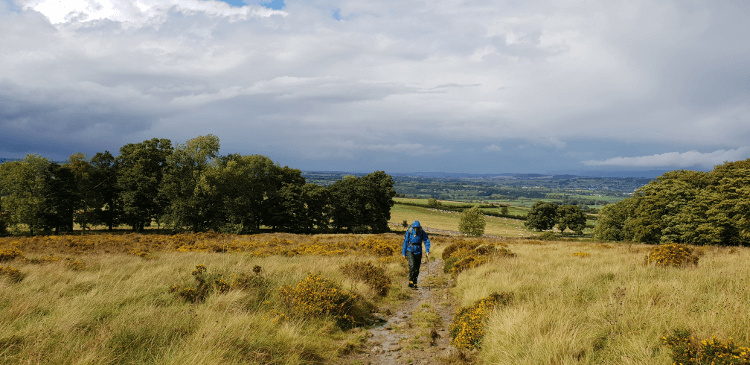
- Typically, old footpaths were trade routes, connecting farms and villages, which is why so many paths go right through the middle of modern farms rather than cutting across a field to avoid them.
- Look out for footpaths that end abruptly at a parish boundary — that will date back to when the paths were being officially adopted and one parish council made a different decision about which paths to adopt, leaving a path ending in the middle of nowhere.
- Check out the place names — are there any obvious clues to why a place might be called what it is? Do some research before you set off and see what you can track down. It can make a walk so much more interesting and, sometimes, turn it into a detective hunt!
2. Look down
Yes, I know there are glorious views to be had on any walk in the wilds, but take some time to look down.
- What is the surface you are walking on? Are there any signs of a previous surface beneath? What about the sides of the path — any clues there?
- Look for old, buried mile markers. Honestly, they won’t look like much, and may not have much left written on them, but sometimes you can make out faint markings that you can photograph and look up when you get home.
- Horse troughs are another of my favourite things to spot, dating back to the days when horses were the main forms of transport. The troughs are often found at the start, and end, of tough climbs. Many of them were dedicated by wealthy locals and often commemorated famous individuals — there’s a wonderful one next to a mini-roundabout on the A591 near Grasmere which is dedicated to Wordsworth, but few people ever find it.
- Look for animal tracks — not paw prints but animal runs, the well-worn routes that appear under fences and vanish off down impossibly steep hills. Also look for where sheep have scratched themselves on fences (always easy to spot as they leave lots of wool behind!) or where squirrels discard acorn shells. If you’re on the coast, see if you can find the rocky spots where gulls drop mussel shells to smash them so they can get to dinner inside.
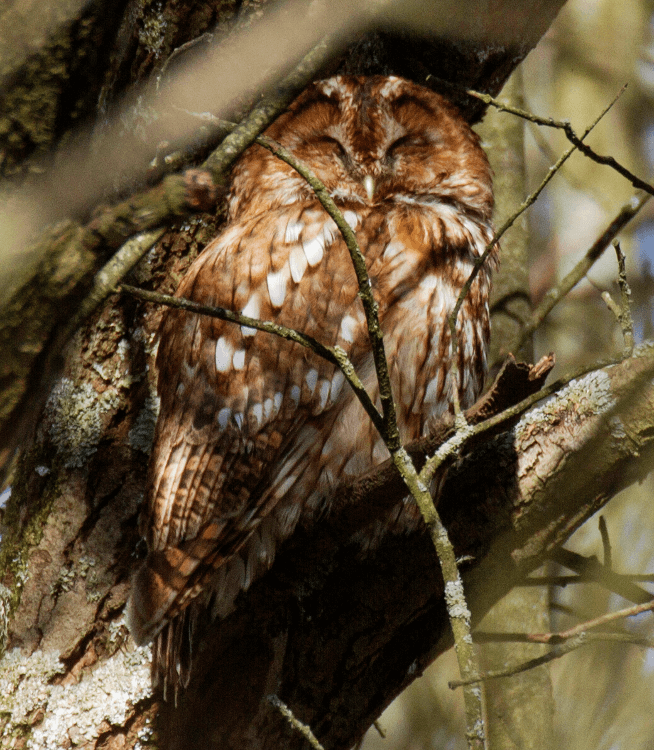
3. Look up!
There’s more than just the sky up there. Check out the trees, the birds and the skyline.
- What are the trees above you? How mature are they? Can you see any nests? Or maybe (if you are incredibly lucky) spot a tawny owl snoozing in a tree?
- Have the trees been coppiced? Look for lots of narrow growths coming out from the base — typically in hazel woodlands — a sure sign that the woodlands were well used in the past for building and other materials.
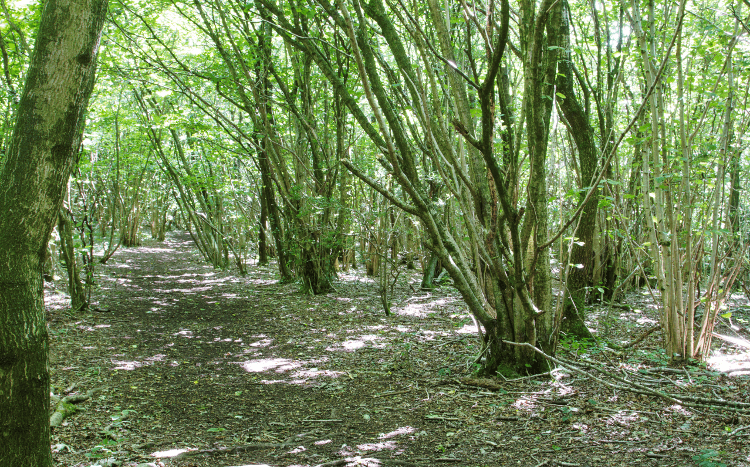
- When you get a good viewpoint, pause and look around you — I mean really look. How does your route sit in the landscape? Which churches can you see — spires or towers? You don’t have to become an expert on ancient buildings, just pick a few pointers about how to spot churches of different ages (and if you develop a keen interest then track down a copy of Sir John Betjeman’s Guide to English Parish Churches — it covers everything you need to know).
4. Settlements
Don’t ignore the towns and villages. Not every walk is exclusively in the countryside, and you can learn loads on any walk through a town or village.
- Look at the walls — scour buildings and walls for plaques and memorials. They may be faded and dedicated to people who are long forgotten, but those people most likely played an important role in shaping wherever you are, so they are well worth a spot of research later.
- Street names can offer lots of clues to the past of any town, some may not be obvious and require some digging around, but others can give a clear indication of local celebrities or occupations associated with an area.
- Check out the signposts, especially the older ones. Towns and villages wax and wane in popularity, so a place that was once important locally may feature prominently on a signpost, even though it’s little more than a small collection of homes today.
Finally, although being a Nosey Hiker will lead to you discovering many wonderful things, don’t expect every mystery to turn into an historical gem.
I once got very intrigued by a signpost to ‘WwTW’, and dreamed up all sorts of wonderful possibilities for what it could be. It turned out it was the Wastewater Treatment Works — or local sewage farm!




